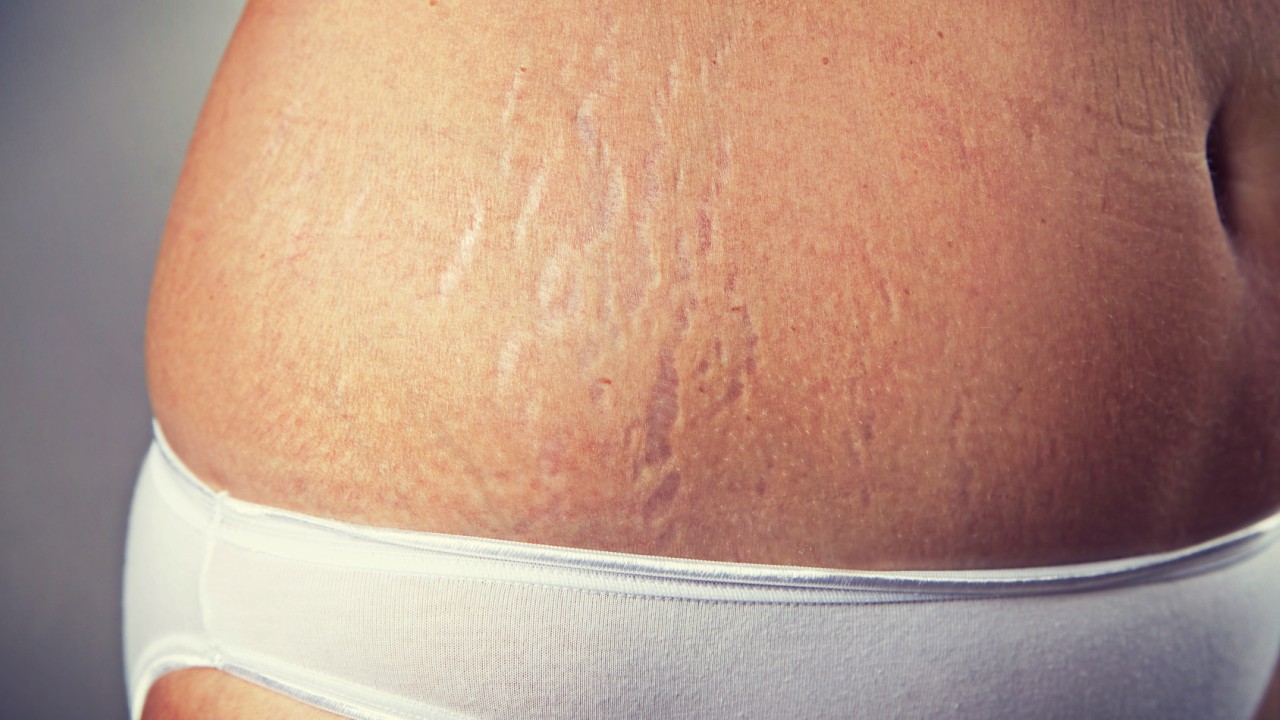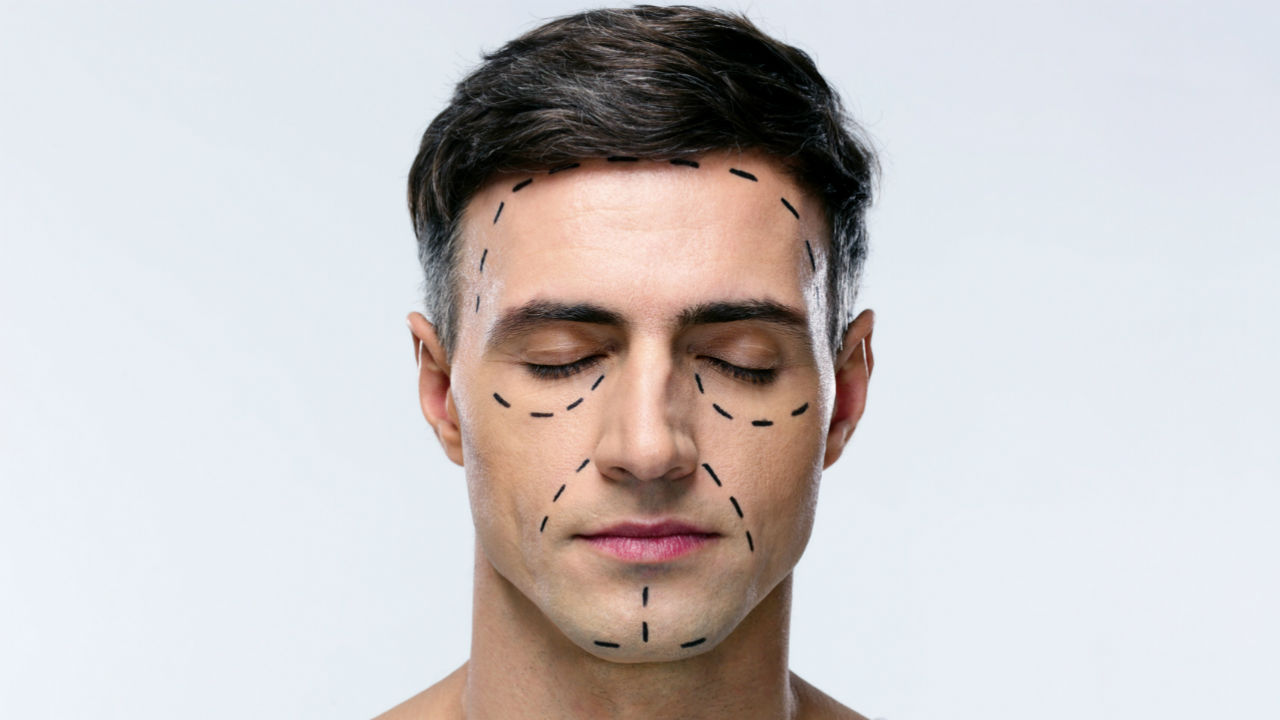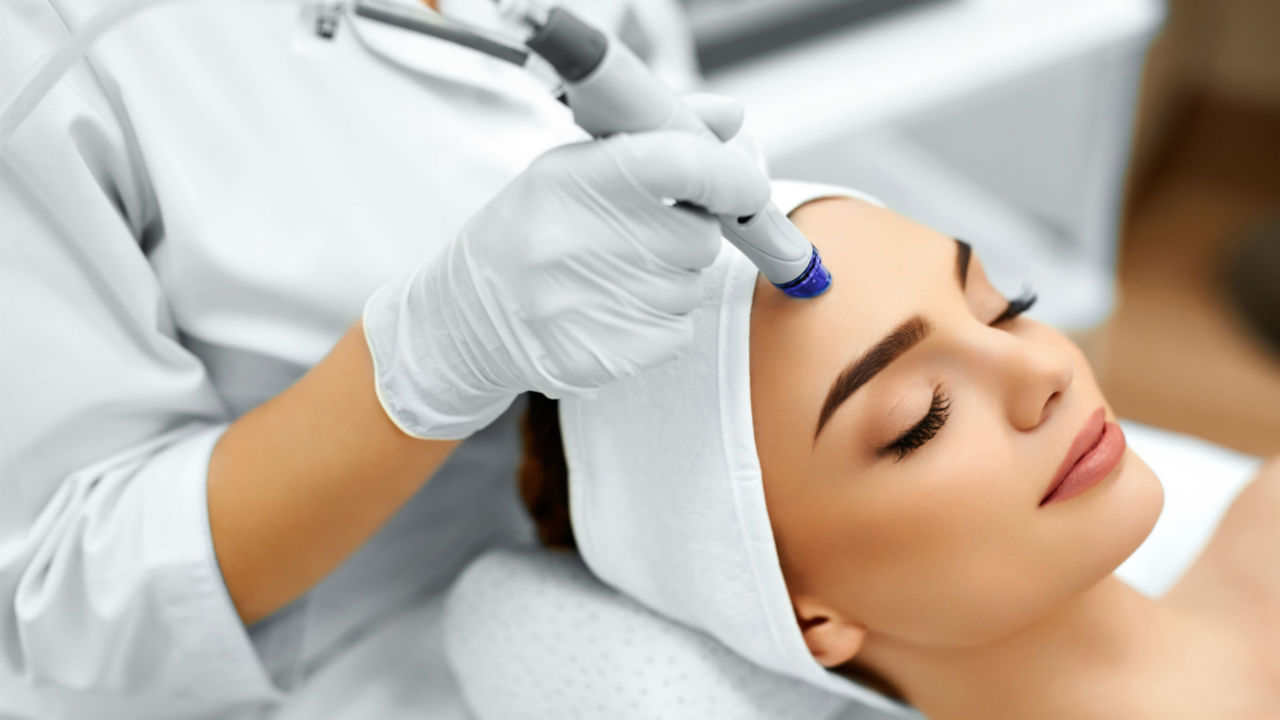 staras/fotolia
staras/fotolia
Millennials now make up 80 percent of the 4 million who are giving birth in this country each year.(3) Many life-altering changes accompany pregnancy, such as new sleeping schedules and limitations to your personal freedom.
Another large part of pregnancy is the way your body transforms in order to hold the life now growing inside you.
As many as 90 percent of women get stretch marks by the end of their pregnancy, according to the American Academy of Dermatology.(1)
The areas most commonly affected are on the stomach, buttocks, thighs, breasts and hips. Unfortunately, these stretch marks are here to stay.
There is no way to completely rid your body of these marks, but the good news is that there are ways to drastically reduce their appearance, and ultimately they will fade in color over time.
Let’s take a look at some ways we can combat the appearance of stretch marks during pregnancy:
1) Moisturize
Itchiness and dry skin are associated with pregnancy and moisturizing daily will help combat these uncomfortable factors. During pregnancy, moisturizing will also help slow down the stretching of your skin.
Cocoa butter is a good moisturizer to turn to during pregnancy, but nothing will work miracles overnight.
2) Watch What You Eat
There’s no arguing that some serious, and sometimes weird, food cravings come with pregnancy. A healthy weight gain ranges between 25 and 35 pounds during pregnancy. It is important to take notice of how quickly you gain these pounds.
Gaining weight quickly may increase the amount of stretch marks that appear on your body. Remember to put these pounds on at a slow, steady and healthy rate.
3) What You Take In Counts
It is important to consume plenty of foods rich in vitamin C in order to nourish your skin from the inside. This may help to keep your skin toned and make it less vulnerable to stretch marks.
4) The Fullness of Time
Waiting can get tedious, but time is your best friend when it comes to seeing a difference in your skin. During pregnancy, there aren’t many procedures you can safely take part in to help reduce the appearance of stretch marks.
Your skin isn’t done stretching until the day you give birth. Waiting it out isn’t going to be your favorite solution, but it is without a doubt the easiest!
5) Love the Skin You’re In
Learn to love your new tiger stripes. It’s a wonderful thing to be able to accept your new body after a pregnancy. Let your stretch marks empower you as a woman and, now, a new mother.
Self-love and acceptance are two of the greatest things we can learn to give ourselves, when it comes to the skin we’re in.
Once pregnancy has ended and you’re officially done stretching, there are some aesthetic procedures you can safely undergo in order to reduce the appearance of stretch marks.
1) Laser Removal
The treatments, while not exactly painful, can cause some mild discomfort. The two most common lasers used to help reduce the appearance of stretch marks are the pulsed dye laser and fractional laser therapy.
Different lasers need to be used since stretch marks vary in darkness or color. Regardless of which laser is implemented, the end goal remains the same — a reduction of stretch marks for healthier, smooth skin.
It is important to note that you will need to have more than one treatment to see results. The number of treatments needed varies from patient to patient. Laser treatment is expensive. Expect to pay between $5,000 to $10,000 in total.(4)
2) Microdermabrasion
Another option for reducing the appearance of stretch marks is a professional exfoliation procedure known as microdermabrasion. This type of exfoliation helps remove dead skin cells and revitalize the skin’s appearance.
The procedure is seen as generally less effective than laser treatment since iit does not go past the epidermis. Stretch marks form on the the layer of skin beneath that, which is the dermis.
Microdermabrasion may be more of a temporary treatment but it cannot affect the stretch marks long term. However, it is an extremely low-risk treatment since it is non-invasive and chemical-free. Microdermabrasion costs run between $150 and $400, but may require dozens of treatments.(5)
Reviewed December 6, 2016
By Michele Blacksberg RN
Edited by Jody Smith
1) The Truth about Pregnancy Stretch Marks. Web MD. Retrieved November 10, 2016.
http://www.webmd.com/baby/features/stretch-marks#2
2) Pregnancy Stretch Marks. What to Expect. Retrieved November 10, 2016.
http://www.whattoexpect.com/pregnancy/symptoms-and-solutions/stretch-marks.aspx
3) New Research: “The Millennial Generation Becomes Parents.” Millennial Marketing. Retrieved November 14, 2016.
http://www.millennialmarketing.com/2013/07/new-research-the-millennial-generation-becomes-parents
4) Laser Stretch Mark Removal. StretchMarks.org. November 15, 2016.
https://www.stretchmarks.org/laser-removal
5) Microdermabrasion. StretchMarks.org. November 15, 2016.
https://www.stretchmarks.org/microdermabrasion





Add a Comment1 Comments
I used dermelastic serum twice daily during my pregnancy, ended up with no stretch marks, not sure if i got lucky or if it was really due to dermelastic serum. I like the smell too being pregnant all the tummy rubs make me sick except this one. Definitely worth the money
December 7, 2016 - 9:32amThis Comment